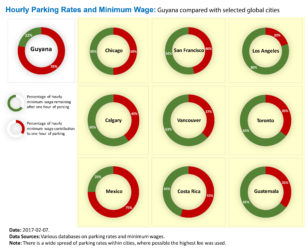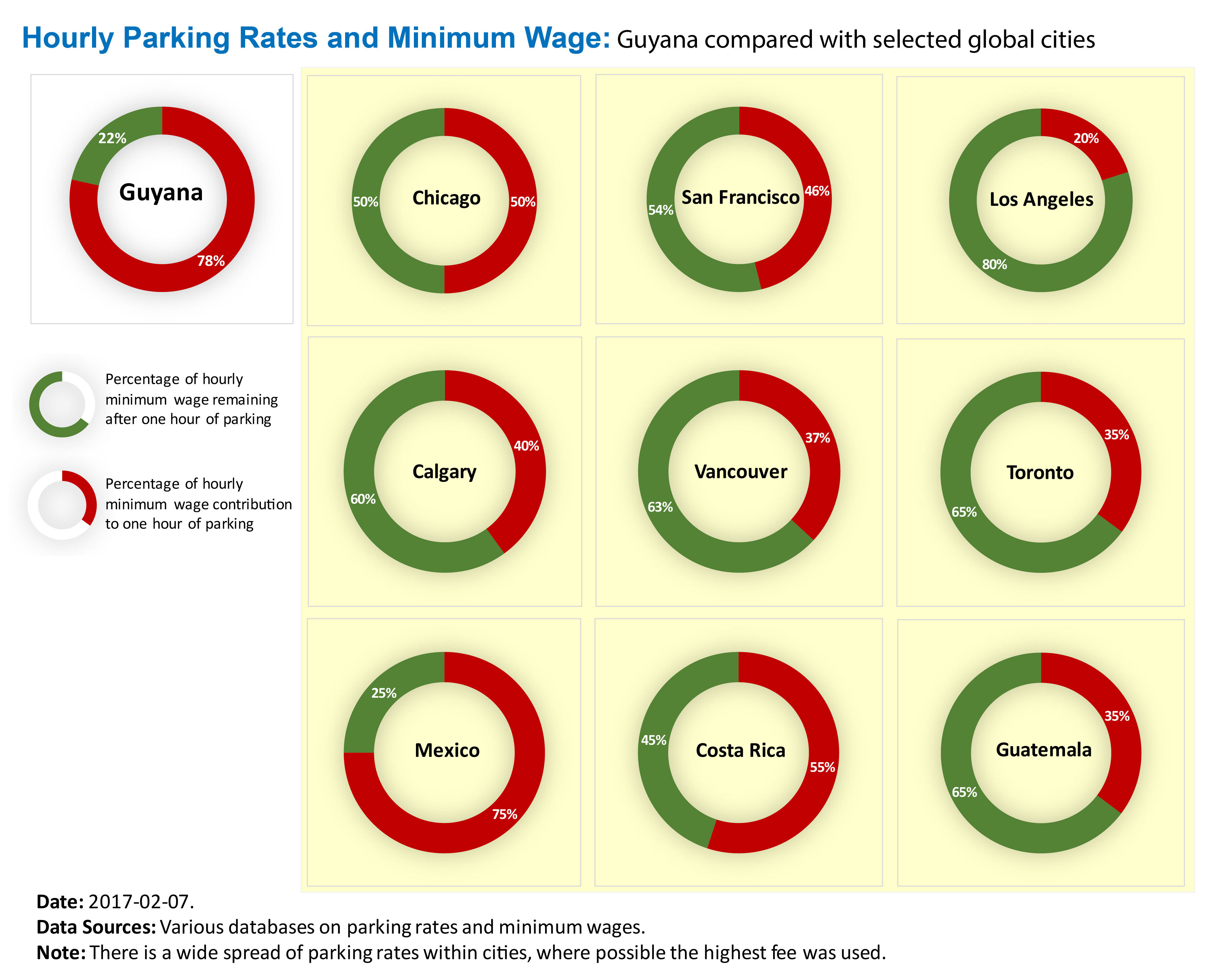Dear Editor,
The current parking meter situation has revealed seemingly deep fractures in the organizational structures and processes involved with making Georgetown more livable and sustainable. On the one hand, there is the argument that cities should be organized, accessible and energy efficient. This is usually a physical design consideration. On the other hand, there is the argument that accessing city services and facilities should be affordable to all categories of end-users.
 This is usually an economic consideration. When the physical design and the economic considerations are articulated as competing rather than complementary goals, we end up with the current Georgetown parking meter discontent and stalemate.
This is usually an economic consideration. When the physical design and the economic considerations are articulated as competing rather than complementary goals, we end up with the current Georgetown parking meter discontent and stalemate.
In the existing debate, there is insufficient evidence presented about the physical considerations of the parking meter plans. Is there an integrated transportation plan for Georgetown with a vision statement?
How does public transportation and private parking work together? How does land-use and parking work together to reduce congestion, improve traffic flows and encourage pedestrian movement in the city? Will decisions made now jeopardize opportunities in the future?
The economic aspect or affordability of the current parking plan is also critical. One way to examine this is to compare parking rates with minimum wage. The graphic below shows the situation.
The data shows Guyana’s parking rate is in an over-extended position.
Approximately 78% of the hourly minimum wage goes towards 1 hour of parking. This is among the highest for some key comparison cities of the world. This over-extended position can cause unintended consequences. For example, the social and economic vibrancy of a city can be quickly reduced in these suffocating situations.
This raises other questions such as: Are there other economic instruments that could have been used to complement parking fees in order to provide city revenues?
Integrated city planning is a necessity for the achievement of a sustainable city.
Yours faithfully,
Shivanand Balram





